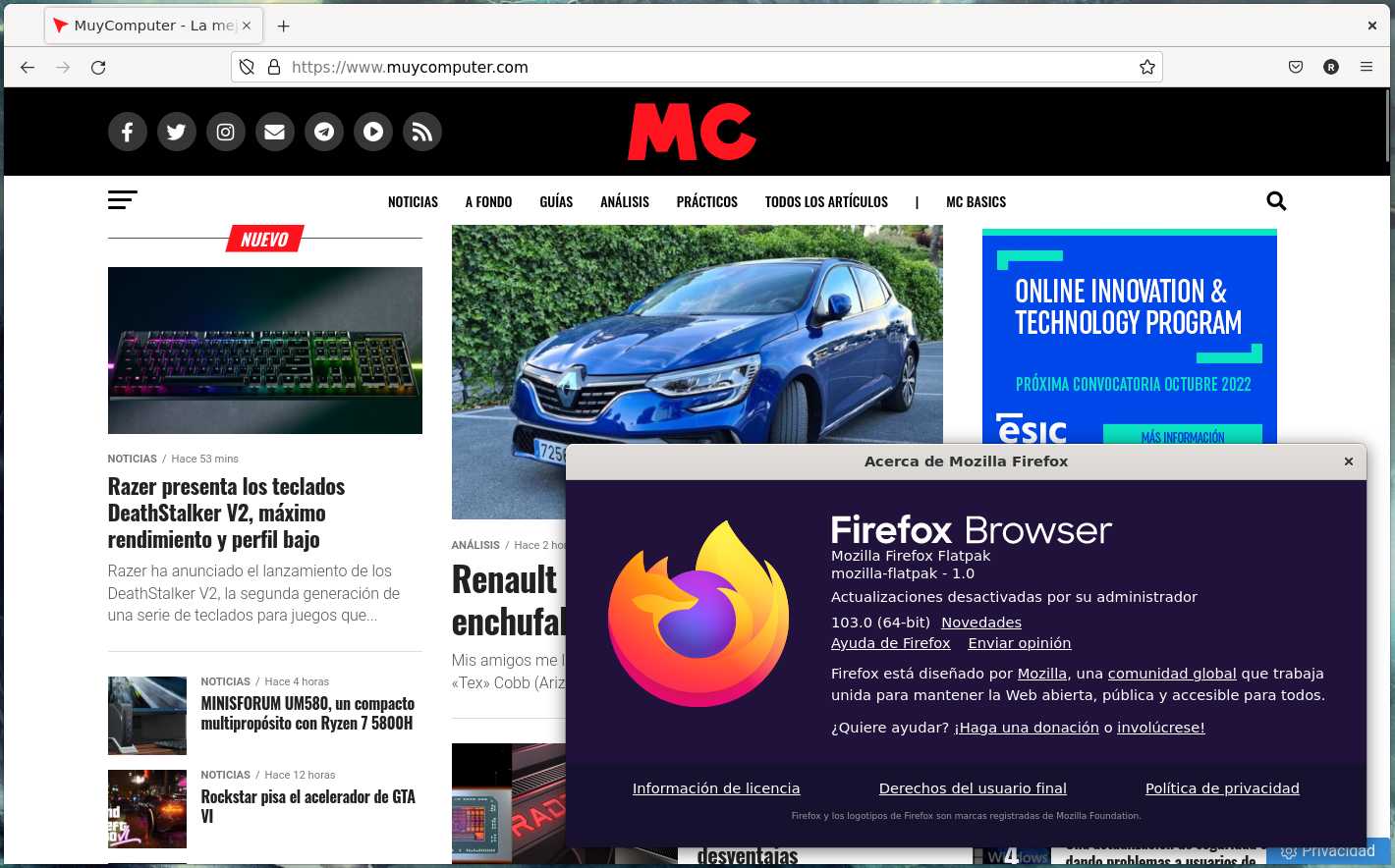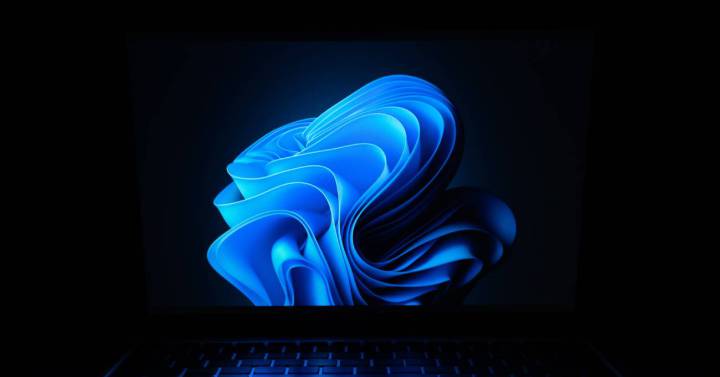
Firefox 103 has been published as stable to keep the only real alternative on the web browser market afloat (with the permission of some WebKit browsers without much media prominence), since the rest, including Microsoft, have given in to the Chromium powered by Google.
Mozilla Firefox 103 is not a revolutionary release. However, that is not to say that it lacks interest, especially when it comes to the experience with the monitors having been improved performance on those models with a refresh rate of 120Hz or higher.
The other great novelty is the improvement of Picture-in-Picturethe feature that allows you to separate the playback of a video from the web, which now support changing subtitle font size directly, without having to return the playback of the video to the website that supplies it. In addition, subtitles via Picture-in-Picture are available from this launch for Funimation, Dailymotion, Tubi, Hotstar and SonyLIV services.
At the interface level, there are new possibilities added to the tab bar, whose buttons are now accessible through tab, shift+tab and the cursor keys. Mozilla has posted instructions and hints on how to use these new key combinations in the Firefox documentation.
Regarding security, the option to allow SHA-1 signatures in the certificates that implement them has been removed from the Firefox 103 configuration. SHA-1 is a hash function that has long been considered insecure, so Mozilla has made the right choice for the security of its users.

Firefox 103.
For specific operating systems, Firefox’s responsiveness for macOS has been improved during times of high processor load thanks to the migration to a modern blocking API. In Windows, the “Make text bigger” accessibility setting now affects the entire user interface and content of web pageswhile in versions 10 and 11 of the Microsoft system it is possible to pin Firefox to the taskbar during the installation process.
For Linux the highlights are the fixes for performance issues with WebGL when using DMA-BUF through the official and proprietary NVIDIA driver. DMA-BUF is a subsystem that provides a framework for synchronizing asynchronous access to hardware and whose use is closely related to the Wayland graphics protocol. To put the issue in plainer words, here is yet another fix for NVIDIA’s refusal to adopt the agreed upon standards for the Linux graphics stack. On the other hand, the green giant continues to refuse to officially support VA-API, the dominant framework in Linux to support hardware acceleration and the one used by Firefox for that purpose.
Firefox 103 is already available from the Mozilla website for Windows, Linux and macOS, although for the second it is normal for it to arrive through an intermediary, which can be the distribution’s repositories, the Snap Store or Flatpak. The Android version doesn’t appear to have made it to the Play Store yet, but it should be soon. Details about this new version of the application are published in the release notes.



